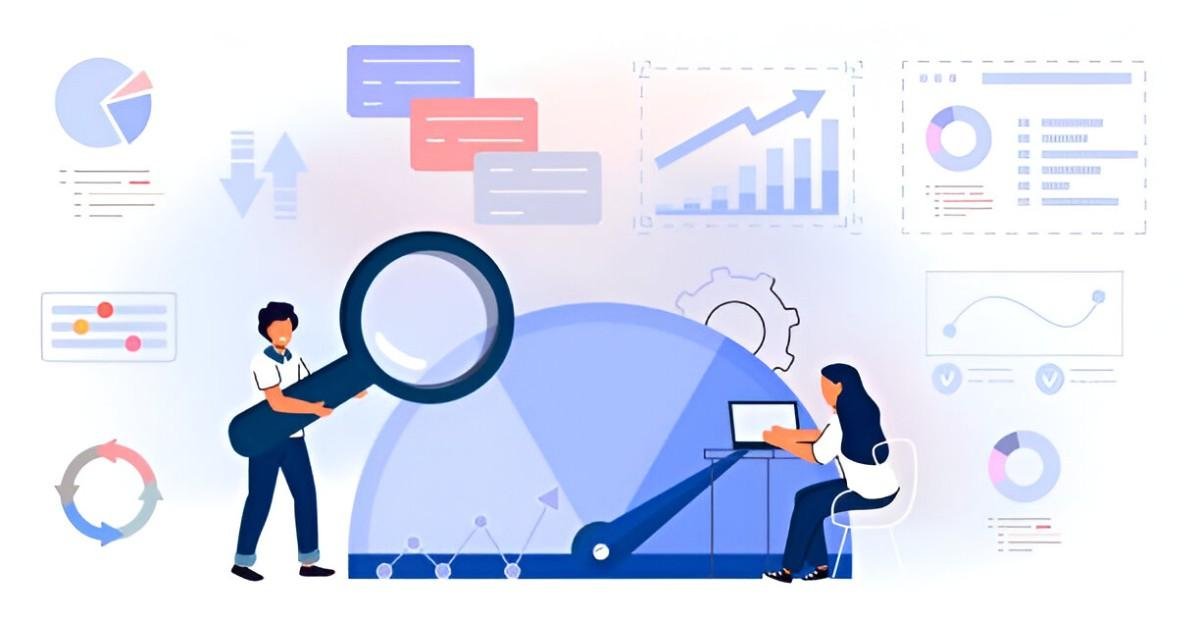Predicting financial trends feels like an insurmountable challenge for many beginners. Yet, the right tools—leading indicators—can transform uncertainty into confidence. I’ve spent years analyzing markets, and in this guide, I’ll break down how leading indicators work, why they matter, and how you can use them to forecast financial movements before they happen.
Table of Contents
What Are Leading Indicators?
Leading indicators are measurable factors that change before the economy starts to follow a particular trend. Unlike lagging indicators, which confirm trends after they occur, leading indicators provide early signals. Think of them as the headlights of a car—they illuminate the road ahead rather than the rearview mirror.
Key Characteristics of Leading Indicators
- Predictive Power: They signal future economic activity.
- Volatility: They often fluctuate more than lagging indicators.
- Timeliness: They provide data before trends fully develop.
Types of Leading Indicators
Not all leading indicators are created equal. I categorize them into three broad types:
- Economic Indicators
- Stock market returns
- Building permits
- Manufacturing activity
- Financial Indicators
- Yield curves
- Credit spreads
- Money supply (M2)
- Behavioral Indicators
- Consumer confidence indices
- Business sentiment surveys
The Yield Curve: A Classic Example
The yield curve, which plots interest rates across different maturities, is one of the most reliable leading indicators. An inverted yield curve—where short-term rates exceed long-term rates—has preceded every U.S. recession since 1955.
The formula for the 10-year vs. 2-year Treasury spread is:
\text{Yield Spread} = \text{10-Year Yield} - \text{2-Year Yield}When this spread turns negative, economists take notice.
How to Use Leading Indicators in Practice
Step 1: Identify Relevant Indicators
Not every indicator will suit your needs. If you’re analyzing real estate, building permits matter more than manufacturing data.
Step 2: Track Consistently
Leading indicators work best when monitored over time. A single data point rarely tells the full story.
Step 3: Cross-Verify with Other Data
No indicator is perfect. Pairing leading indicators with lagging ones (like unemployment rates) reduces false signals.
Mathematical Models for Forecasting
The Leading Economic Index (LEI)
The Conference Board’s LEI combines 10 key indicators into a single score. The formula weights each component differently:
\text{LEI} = w_1 \times \text{Average Weekly Hours} + w_2 \times \text{Initial Jobless Claims} + \dots + w_{10} \times \text{Consumer Sentiment}A three-month consecutive decline in LEI often signals a recession.
Regression Analysis
Regression helps quantify relationships between indicators and outcomes. For example, predicting GDP growth using manufacturing PMI:
\text{GDP Growth} = \alpha + \beta \times \text{PMI} + \epsilonWhere:
- \alpha = intercept
- \beta = coefficient
- \epsilon = error term
Common Pitfalls to Avoid
- Overfitting Models – Using too many indicators can make a model look good historically but fail in real-world predictions.
- Ignoring Structural Changes – The 2008 financial crisis altered how some indicators behave. Always reassess relevance.
- Data Lag Issues – Some “leading” indicators are revised months later, reducing their predictive edge.
Real-World Example: Predicting a Market Turn
In early 2020, the LEI dropped sharply. Paired with rising credit spreads, it signaled an impending downturn—right before COVID-19 hit. Those who heeded these signs adjusted portfolios early, minimizing losses.
Final Thoughts
Leading indicators are powerful, but they’re not crystal balls. They require interpretation, context, and validation. By mastering them, you gain an edge—seeing shifts before they become obvious to everyone else.





